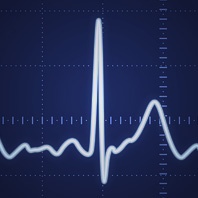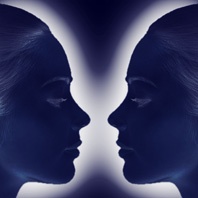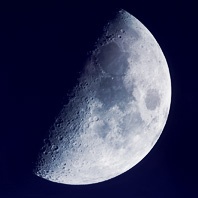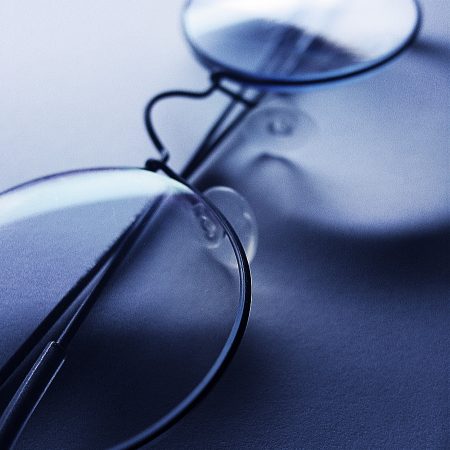Rubrik: Worth reading
We have compared the amount of visitors from our full moon pages with the curve of an electrocardiogram (ECG) and came across an astonishing similarity. It almost appears as if the attention that we humans give to full moon would have its own heartbeat …
It is obvious that the interest in full moon can be linked to its rhythm. The average duration of a moon month is approx. 29.5 days, so a little bit more than four weeks and a little bit less than one calendar month. One can safely say, a lot of people are paying attention to the moon at full moon and clearly a lot less so during the other moon phases.
Read more
As is generally known, the Moon is not a disc but a sphere and one could ask the question if we actually get to see different sides of this Moon sphere? The answer is: no! At least this is true for the observer from Earth.
Indeed, we always see one half of the Moon. This is because the Moon is locked into the Earth rotation. This is called »synchronous rotation«. It means that we are never able to see the side of the Moon facing away from us. And until it was possible to photograph the reverse of the Moon with space probes, nobody knew what we would find or how it would look.
Read more
Maybe it lies within the plan of creation that we are so susceptible to everything that is bigger than what we already know or have already experienced. However, the following merely relates to heavenly bodies …
As we recently wrote in our article »Sun and moon the same size?« here in our full moon blog, the moon changes its distance to earth due to its unusual orbit and subsequently appears to be of a different size for the observer here on earth, depending on how close it is to earth at the time. Is the moon (or another heavenly body) as close to earth as possible, one speaks of perigee, and if it is the furthest away, it is called apogee. You can confidently forget these terms again, however, you may want to memorise that the moon can appear to us in different sizes.
Read more
That people connect and come together in the full moon light is not new and has always been this way. But what regularly occurred during the second half of the 18th century in Birmingham, Great Britain around full moon time, was an encounter of a special kind. The countries most brilliant and influential minds met back then (natural scientists, physicians, poets, theologians, philosophers, inventors and industrialists), within the scope of the, by Erasmus Darwin initiated »Lunar Society« in 1765.
Read more
Does the full moon have anything to do with our weather? Does the weather change at full moon or at new moon? Is there actually more or less rain and does the temperature therefore drop or rise? A few questions that everyone has surely heard of in one or the other form …
Read more
Everyone knows that the sun is much larger than the moon and much further away from earth. In this very context lies a fascinating fact: both celestial bodies appear to be of similar size on the firmament, when observed from earth. Which implies that the sun has to be as many times bigger than the moon, as it is further away from the earth than the moon from the earth …
Read more
It is getting quite hot now, as there is indeed a sexual pose, called “full moon”, at least in the German language. This name has not been given in every country. In English it is referred to “reverse cowgirl”. This makes one curious …
In this position, one partner lies on the back (usually the man) and the other partner (usually the woman) sits on top in squat position, but in reverse and turning the back and buttocks towards the person lying underneath.
Read more
Have you ever seen a face or shape of an animal in passing by clouds? This tendency of our perception to find structures within an image or a pattern, is called pareidolia (derives from Greek eidolon = picture). Essentially, this is a misperception where we see objects changing subjectively. But this can also be so much fun and inspire our fantasy to search for these shapes and to find them. Children, in particular, are known to be true masters of this game.
Read more
There is a wide spectrum of views and opinions about how the moon may influence human life and it is in the very nature of things, that these opinions lead to discussions. During the course of the years, we got acquainted with many different viewpoints and are trying to give room to these diversities on these pages.
Let’s imagine two people for example, a sceptic, who analyses sensibly and critically, and a mystic who allows his actions to be guided by faith and dedication. Let’s have both people answer the question, whether principally, full moon has an effect on human beings.
Read more
No, this is not about another sequel of the science fiction movie or whether Arnold Schwarzengger is planning a trip to the moon … It is more about an astronomical term, where »terminator« describes the day-night border of a celestial body. This is the visible border between the illuminated side and the dark side of the object, being the border between day and night on the celestial body. The word »terminator« derives from Latin »terminare« = conclude, restrict.
Read more










